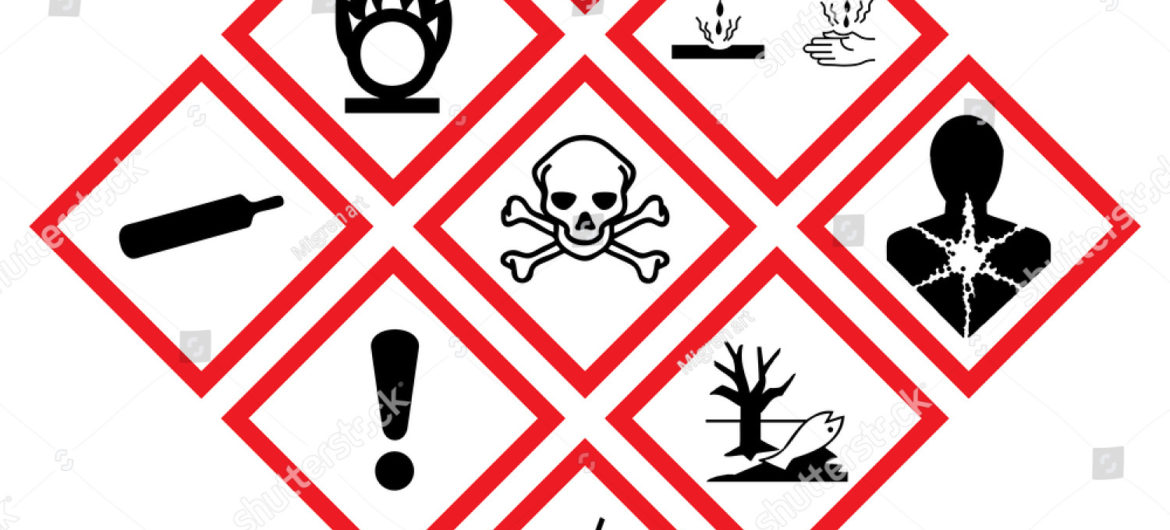Some kinds of chemical poisoning are caused by The following toxin ( except lead} ) creates symptoms that show themselves very quickly, usually within 30 minutes of eating poisoned foods. By contrast, symptoms of lead poisoning can take years to appear. To prevent these diseases, do not use the material that causes them.
Chemical and physical hazards are common in various environments, including workplaces, homes, and industrial settings. Here is an overview of these hazards:
Chemical Hazards:
- Definition: Chemical hazards are substances that can cause harm or damage to the environment and living organisms due to their chemical properties.
- Types of Chemical Hazards:
- Toxic Substances: Chemicals that can cause harm or be fatal if ingested, inhaled, or come into contact with the skin.
- Corrosive Substances: Chemicals that can cause severe damage to living tissues upon contact.
- Carcinogens: Chemicals that have the potential to cause cancer.
- Irritants: Chemicals that can cause irritation or allergic reactions.
- Flammable Substances: Chemicals that can easily catch fire.
- Explosive Substances: Chemicals that can cause explosions under certain conditions.
- Prevention and Control:
- Use proper ventilation systems.
- Store chemicals properly and securely.
- Wear appropriate personal protective equipment (PPE).
- Follow proper handling and disposal procedures.
- Provide training on chemical safety.
Physical Hazards:
- Definition: Physical hazards are environmental factors that can cause harm without the need for the substance to be ingested, inhaled, or come into contact with the skin.
- Types of Physical Hazards:
- Noise: Exposure to high levels of noise.
- Vibration: Prolonged exposure to vibrations, such as from machinery.
- Temperature Extremes: Extreme heat or cold.
- Radiation: Exposure to ionizing radiation.
- Ergonomic Hazards: Poor ergonomic conditions leading to musculoskeletal disorders.
- Mechanical Hazards: Moving machinery, falling objects, etc.
- Prevention and Control:
- Implement engineering controls to reduce exposure.
- Provide appropriate PPE.
- Regular maintenance of equipment to prevent malfunctions.
- Training on safe work practices.
- Regular monitoring and assessment of workplace conditions.
By being aware of chemical and physical hazards, implementing preventive measures, and providing proper training and equipment, you can help minimize the risks associated with these hazards in various settings.
Disclaimer:
This post contains affiliate links which means I may receive a small commission if you purchase using that link at no extra cost to you. and if you do,
I appreciate you!




